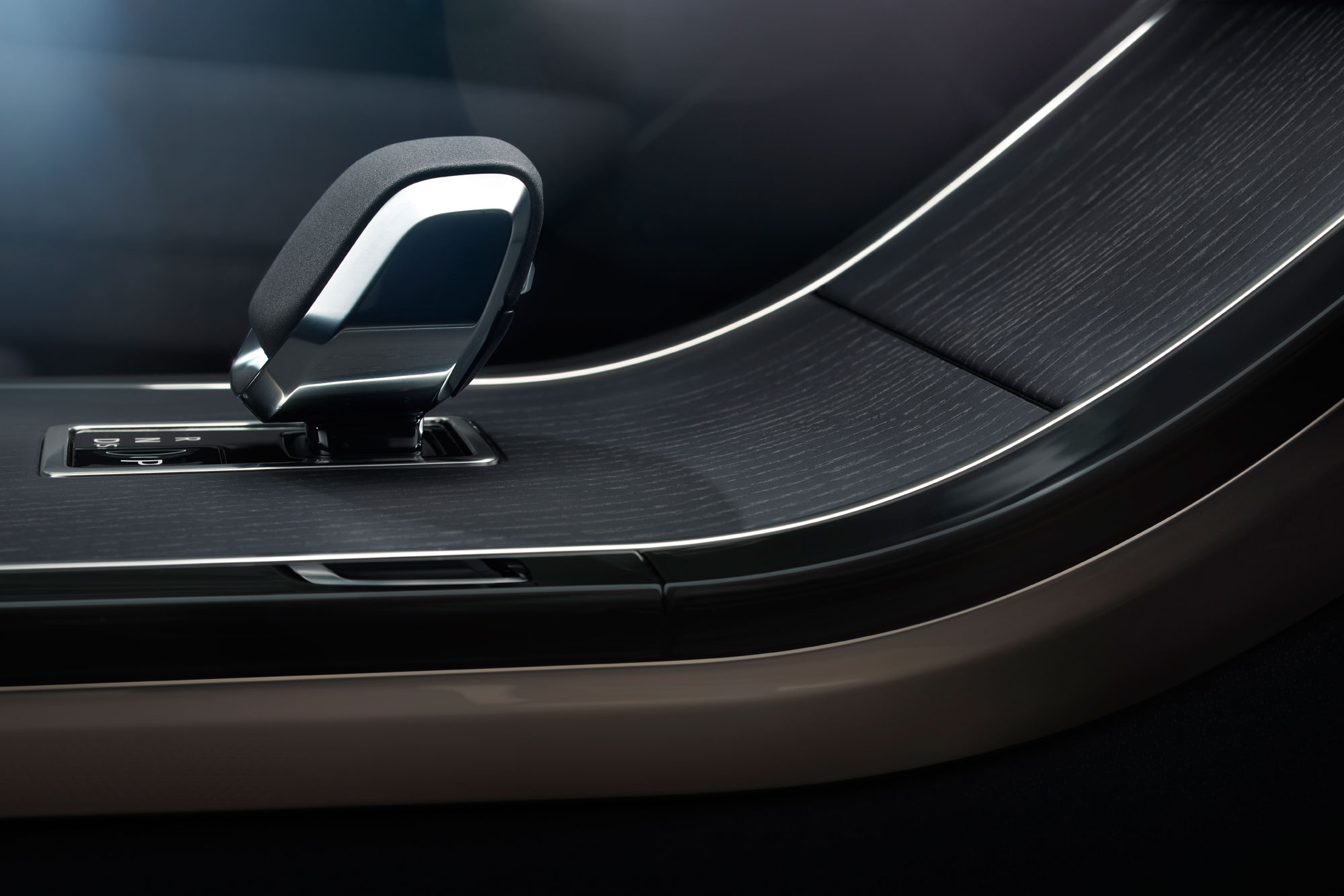Intentional & Inspired
Range Rover & SHARP
It’s easy to confuse complexity with creativity. To the untrained eye, they can often look the same.
Maybe it was legendary jazz bassist Charles Mingus who explained the difference best: “Making the simple complicated is commonplace; making the complicated simple, awesomely simple, that’s creativity.”
Finding a simple truth is hard — especially when it comes to car design. But that’s where reductionism comes into play. It’s an approach that distils the design of a vehicle to its most essential elements and functions.
That might mean simplifying the exterior design by reducing the number of body lines and curves to create a more streamlined and aerodynamic shape. It may involve reducing the number of interior controls and displays to create a more intuitive (and user-friendly) cabin. There are a million decisions that go into the creation of a new vehicle, and each adds up to influence the driving experience.
But reductionism can be a balancing act when it comes to car design. Simplifying the design may result in a more efficient and elegant car, sure, but designers must also consider the safety, comfort and functionality of the vehicle. The challenge comes in striking the right balance between simplicity and functionality; landing on a design that meets the needs and expectations of both drivers and passengers.
Range Rover’s reductionist design philosophy is centered around the idea of “reduction to perfection.” It’s a philosophy inspired by the minimalist design principles of the Bauhaus movement, which emphasize simplicity and functionality, as well as the use of basic geometric shapes.

By focusing on simplifying the design down to its core essence, it represents a significant departure from traditional automotive design principles. You can see the philosophy manifest in clean, uncluttered lines and surfaces. There’s no unnecessary ornamentation or design for design’s sake.
Complex body contours and excessive chrome trim: out. A more modern and minimalist appearance: in.
The model that pioneered Range Rover’s reductionist design theory is the Velar — with clean, uncluttered lines; with door handles that sit completely flush with the body when not in use; with its high-quality leather upholstery, clean and uncluttered dashboard and range of advanced technologies; and by the reduction in the number of buttons on the centre console.
The new 2024 Range Rover Velar is an icon of reductionist design. Think balanced proportions and a dramatic, reductive presence enhanced with a modern luxury design approach.
Outside, a new grille combines with the characteristic floating roof and unbroken waistline. New headlights provide a technical, jewel-like appearance and optimized visibility. The exterior is even further enhanced by a new lower rear bumper and dark accents.
At the rear, a powerful overhang provides balance. Its kick is pronounced, adding to its muscular stance. Meanwhile, a new lower rear bumper enhances its proportions. With an eye-catching 3D appearance and super-red illumination, new LED taillights echo this sophistication. They are complemented by a full-length high-level stop-lamp.
Inside, the bold, ever-elegant Velar interior is even more intentional. Outstanding craftsmanship and new materials abound. The latest evolution of the Range Rover Pivi Pro infotainment forms the centerpiece. Picture a single 11.4-inch floating curved glass interface ergonomically positioned higher — and within easier reach — to help minimize distraction and reflections.
Marking a significant departure from the more traditional automotive design principles that have dominated the industry for decades, Velar is the quintessential example of how Range Rover’s reductionist design theory is put into practice.
Or, maybe to put it more accurately, into motion.












